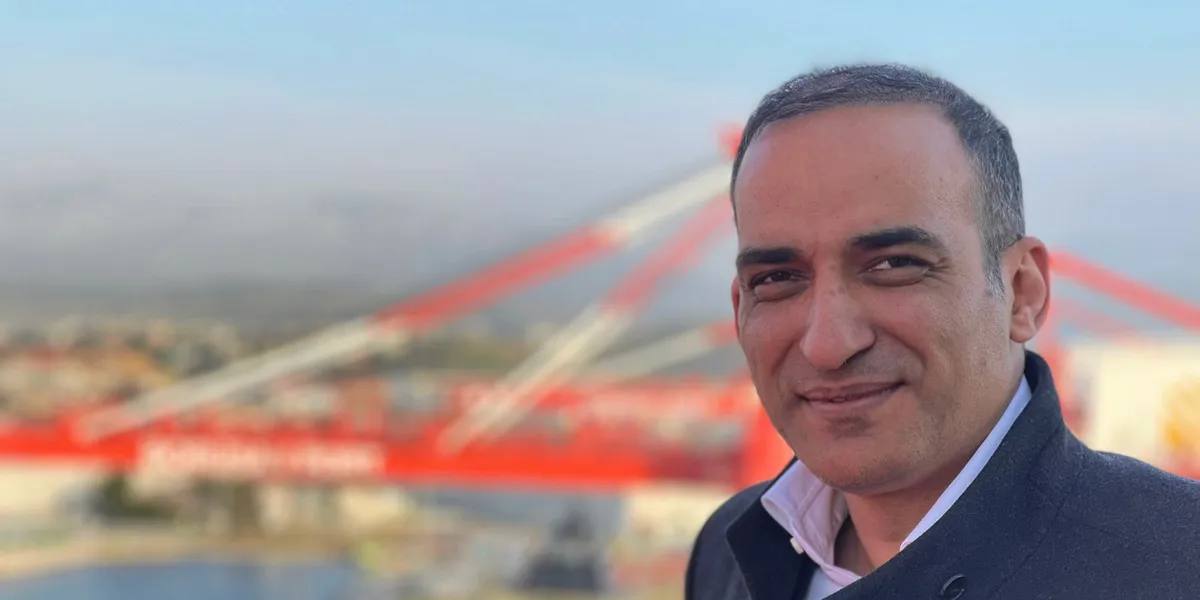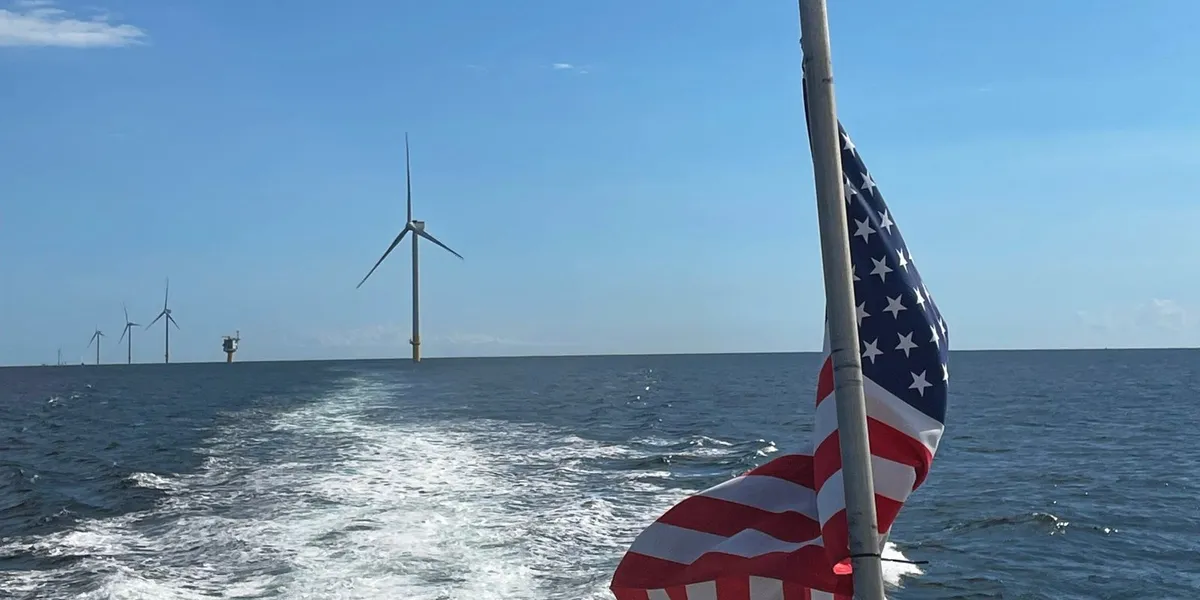
Contributed by Adrienne Peters, Technical Planning Manager at DSD Renewables
Thousands of solar panels were shattered when a storm dropped golf ball-sized hail on a 3,300-acre, 350 MW utility-scale project in suburban Houston early last year. Production fell sharply for three months until crews restored operations.
This kind of damage isn’t unusual anymore. There were 27 billion-dollar weather disasters in the U.S. last year, up from an average of nine annually between 1980 and 2020. Stronger hailstorms, wildfires, tornadoes, hurricanes, and blizzards, fueled by climate change, are regularly interrupting power generation.
Many solar systems were built to handle what used to qualify as severe weather — 25 mm hailstones and 120 mph winds — but they don’t hold up when “once-in-a-generation storms” hit every few years. Once they’ve passed, you’re left managing damaged equipment, strained budgets, limited insurance, and shorthanded crews.
Regardless of the size of your system, resilience now starts with data and technology. Conditions may become more unpredictable, but how much power you generate doesn’t have to be.
Planning for repeated stress
Damage takes minutes. Recovery takes much longer.
Of all the extreme weather events, hail poses the most consistent risk. Every large-scale site is in a zone where 2-inch hail is expected at least once every 25 years, and 91% are in areas where it is expected every decade. With around 8,000 claims annually, it’s the cause of most insured losses, and in high-risk regions like Texas, hail damage can exceed half the cost of construction. In June 2023, a storm destroyed more than 14,000 panels at one Nebraska community solar site with baseball-sized hail. It took six months to get that project back online.
Wildfires are also increasingly a threat — and not just in the West. Of the nearly 700 wildfires and prescribed burns active on one day in May, 65% were in the Midwest, Northeast, or Southeast. Even distant fires can lower irradiance by up to 10% and reduce annual revenue by as much as 6%, especially during peak demand months. Plus, you may worry about fires reaching your site, but exposed wiring and overgrown brush can just as easily start one.
Then there are tornadoes and hurricanes, which often generate wind loads beyond what most mounting systems are built to handle. Last year, a solar farm in Florida rated for 150 mph was hit by an EF2 tornado with sustained winds well below that threshold. It still incurred major damage, and recovery stalled for months because Hurricane Milton strained supply chains and tied up contractors across the region.
Inevitably, each storm leaves behind more than wreckage. It also leaves data that can shape what you do next.
Data as a diagnostic tool
If you’re not logging hail size, wind speed, or other storm conditions alongside performance issues, it’s hard to know when weather-related exposures have cut into your output.
Modern surveillance tools can turn your storm response from reactive to preventive. Drones, IoT sensors, thermal cameras, and high-resolution SCADA systems now feed data into platforms to surface problems early. These monitoring tools can be used to identify issues on-site and also assess potential structural damage or soiling on panels due to things like smog, debris, etc. AI-powered predictive maintenance — which catches performance anomalies and triggers inspections before issues escalate — can reduce breakdowns by up to 70%, improve energy efficiency by 40%, and lower O&M costs by about 25%. And with deployment costs falling 30% annually, these AI systems are no longer unaffordable, making budgetary constraints less of a concern. In fact, it could end up costing you more for site recovery than having these tools in place.
Historical weather events can also refine best practices. During a 2022 hailstorm in West Texas, operators stowed solar panels at 60 degrees, the steepest angle available. That protected most modules from 2-inch hail, but damage spiked where stones reached 3 inches. After the storm, engineers reviewed site data, modeled alternative scenarios, and found that a 75-degree angle could have prevented nearly all damage.
Their data-derived conclusions now shape stow protocols in high-risk regions.
Designing for real conditions
With better data and smarter tools in hand, resilience is achievable — regardless of whether you’re developing a 5 MW community solar project or a 200 MW utility-scale site.
Projects in colder regions are being designed with steeper tilt angles to minimize snow accumulation and take pressure off the racking. In hurricane zones, rows are shorter, piles are thicker, and anchoring is tighter. Lightning-prone areas like Central Florida are upgrading grounding and surge protection. Sites at risk of flooding have elevated inverters.
Picking the right components and equipment for sites is also critical. Fixed-tilt panel systems are often more accessible and less costly to maintain, but also provide limitations when it comes to adjusting or moving panels in preparation of certain weather events. A tracking system, although more expensive, solves this issue and offers better energy production. With different environments, it’s important to select the right components that are graded for the temperatures and precipitation your site will experience. Whether its more corrosion resistant hardware in coastal regions, or extremely heat resistant conduit, wiring, and transformers for hotter climates, the right componentry can make a big difference.
These choices also affect insurability. As claims from extreme weather rise, underwriters are favoring sites that have planned for these hazards. Losses from hail, tornadoes, and other storms exceeded $50 billion for the second consecutive year in 2024. One developer reduced insurance premiums by 72% on a 140 MW site by improving design and O&M protocols. And of course, lower risk makes your projects more attractive to investors.
It’s clear that a one-size-fits-all approach doesn’t work anymore. As environmental conditions drift further from historical norms, your design and engineering must evolve, too.
From resilience to readiness
No matter the size of your system, the gap between what you can track and what you must track is a reminder that knowledge is power. Many early mistakes, like underestimating hail exposure, happened because we had limited information. Now, with field reports, trend logs, and AI analysis, decisions are becoming more precise. That matters when capacity is outpacing the labor available to keep it running.
Put all that data to work. Use it to guide your long-term strategy. Benchmark performance against regional baselines to spot degradation early. Run diagnostics before failures, not after. Build climate projections into your models instead of relying on what happened decades ago. Design projects with tomorrow’s codes and regulatory standards in mind. Leveraging these insights along with evolving technologies will help advance resilient solar systems that can contribute to the grid for the long haul.
About the author


Adrienne Peters started at DSD Renewables in 2019 and is the Senior Technical Planner. Adrienne is the first point of contact for all technical Asset Management correspondence with DSD’s customer and coordinates all DSD solar activities at site including planned and unplanned maintenance visits.







